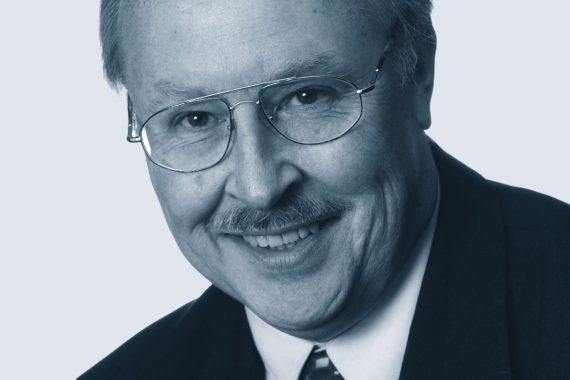Avoid costly clawbacks on income from premises

All practices should be aware of the steady increase in clawbacks by NHS England that has taken place since the re-drafting of the rules on premises and rent reimbursements in 2013.
The 2004 version of the rules included a section that allowed the NHS to clawback premises funding when a practice earned more than 10% of its income from ‘private patients and commercial contracts’. While this clause has been removed from the 2013 premises directions, that doesn’t mean practices now have the freedom to rent out NHS-funded premises to third parties without financial consequences. Indeed, in the absence of that section, NHS England is increasingly looking at other, less generous, clauses to recoup funding.
Charging third parties
Practices that are looking to generate income by allowing occasional use of their premises by third parties – including, more recently, federations – are generally aware that they cannot charge the user rent if the premises are funded by notional rent, so a service charge is commonly made. But they should be aware that while such an approach would have been acceptable in the past, it could lead to trouble now.
For instance, my firm has seen NHS England teams in two different parts of the country take the view that a flat service charge of so much per hour is in fact income from premises, and hence it should be clawed back against the notional rent.
Whether that interpretation is correct is debatable but it is essential for practices to complete the CMR1 form on premises usage correctly. While this won’t prevent a clawback (that depends on exactly what any service charges are for), it should prevent possible allegations of fraud. If the service charge is shown, the only debate will be about whether it is in relation to the property or other services.
Even though the amount of income practices stand to lose in these cases is generally quite small – commonly less than £5,000 a year and rarely more than £10,000 a year – if NHS England decides to challenge it will want to backdate to when the service charges first started. In my experience, though, it goes back only to 1 April 2013, when the premises directions changed.
Clawback
Even so, the amount clawed back in one go could easily mount up; if a practice is charging £10,000 per annum then it could lose at least £20,000 at the current time, and this figure would increase by £10,000 each year.
While it seems easiest to issue a flat service charge per hour, practices must ensure that their charges are itemised – showing very clearly what the charges are for – to avoid possible challenges. This can vary, but often the charge is intended to cover heating, cleaning, use of equipment, photocopying, printing, telephone, refreshments and staff services.
If, despite taking these steps, practices find themselves subject to a challenge by NHS England, they should make sure to get their surveyor and LMC involved at an early stage.
Bob Senior is chair of the Association of Independent Specialist Medical Accountants and head of medical services at Baker Tilly









